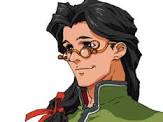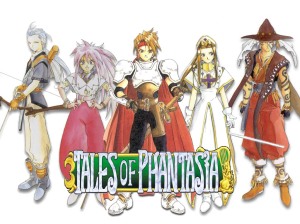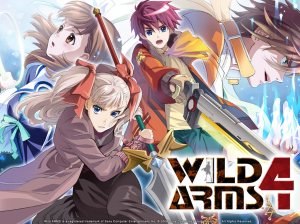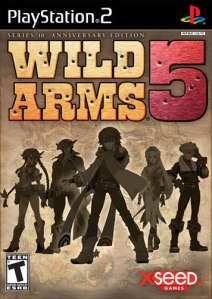God-Modding: A Dishonorable Conspiracy
RPGs. Role-Playing Games. Simple. The player controls a character through fantastic worlds of global conspiracy. But in order to have a chance against the mastermind behind the cover-up, you need experience points. Experience points contribute to a total sum: once the desired number is reached, the character gains a level, permanently raising stats like Strength and Agility. Grinding is a term referring gameplay solely played for mass accumulation of levels. Experience and stat upgrade are the tenets of RPGs. Every game out in the market in the RPG genre (past, present and future) has this system.
But what if there was another way? What if a player could gain the ultimate level without the hassle of devoting hours upon hours of gameplay? What if you had the best weapons, the best armor, and the best way right away instead of sloughing through wave after wave of enemies? There is. It’s called God-modding.
God-modding is exclusive to MMORPG (Massive Multiplayer Online Role Playing Game)s; essentially, games played on computers. To understand the process, one must recognize the concept of data. Think of data as a packet that contains information. It activates in real-time, assembling the information in a pre-set configuration. For example, when the character walks into the space corresponding to a city, the game activates the appropriate data and “builds” the city according to the default configuration and bam! The city is born.
Computers see data in strings of binary code: a series of 0s and 1s. Each individual item contained within the data has a unique binary code: the brown-haired merchant is 00000001, while the stocky wharfman is 00000010. The position of those 0s and 1s determines the kind of data. Everything – items, weapons, graphics, records of experience points – is the visual record of a binary code. Monsters at the beginning of a game remain at level one because the binary code of that region says the monsters remain at level one. Binary codes are the foundations of every computer game.
God-modding is the illegal tampering of the code. People with sufficient skill can access the binary code and add or delete one of their own. A character is created at level 99 because there’s a code that tells the game that a level 99 character is all right. The game can’t tell the difference, because binary code is Gospel to computers: its truth is absolute.
RPGs are about hard work. The perfect warrior doesn’t pop out of nowhere: they involve careful hours of planning. The enjoyment of RPGs is that final moment of preparation, when the labor of stat-building and item hunting comes together into the player’s perfect avatar. That moment is the reason why RPGs are played. God-modders are the conspiracy of MMORPGs. There are defenses against it, but as long as the opportunity is in the code, there will always be those who seek to manipulate it. Thank you for your time.





